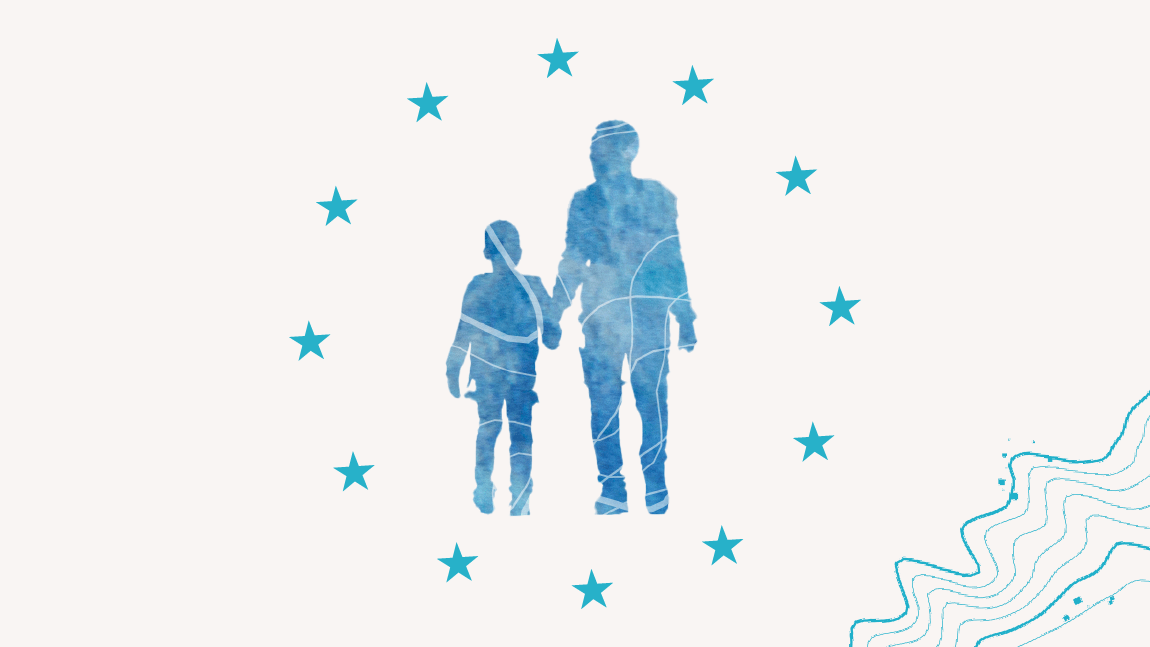EU member states’ representatives (Coreper) approved the provisional deal that was reached between the Council presidency and the European Parliament on 20 December 2023, constituting a pact of five key laws which will reform the EU’s asylum and migration system.
Pact on asylum and migration
The five EU laws of the pact touch upon all stages of asylum and migration management.
The update of the Eurodac regulation (the EU fingerprint database) will make it possible to better tackle irregular movements and monitor the paths of asylum seekers and persons in an irregular situation throughout the EU.
The screening regulation’s aim is to strengthen controls of persons at external borders. It also ensures fast identification of the correct procedure – such as return to their country of origin or start of an asylum procedure – when a person enters the EU without fulfilling the right entry conditions.
The asylum procedure regulation (APR) establishes a common procedure that member states need to follow when people seek international protection. It streamlines the procedural arrangements and sets standards for the rights of the asylum seeker. It introduces a mandatory border procedure, with the aim of quickly assessing at the EU’s external borders whether applications for asylum are unfounded or inadmissible.
The asylum and migration management regulation (AMMR) will replace the current Dublin regulation. It sets out rules determining which member state is responsible for the examination of an asylum application. To balance the current system whereby a few member states are responsible for the vast majority of asylum applications, a new solidarity mechanism will be established. The new rules combine mandatory solidarity to support member states who cannot cope with the number of irregular arrivals into their territory with flexibility for member states as regards the choice of their contributions
The fifth leg of the Pact is a new law that establishes a framework allowing member states to address situations of crisis in the field of asylum and migration. They would be authorised to adjust certain rules, for instance concerning the registration of asylum applications or the asylum border procedure. On the other hand these countries would be able to request solidarity and support measures from the EU and its member states.
Reception conditions, qualification and resettlement
The permanent representatives committee also gave the thumbs up to three asylum and migration laws on which Council and Parliament had already reached agreement in 2022. These three laws comprise a revision of the reception conditions directive, an update of the qualification regulation and a regulation establishing an EU resettlement framework.
A return border regulation was also approved which allows the pact to apply to those European countries with differing Schengen rules.

The Council and the European Parliament reach breakthrough in reform of EU asylum and migration system |
Next steps
The laws approved today will have to be formally adopted by the European Parliament and the Council.
More information: Council of the European Union







Leave a Reply